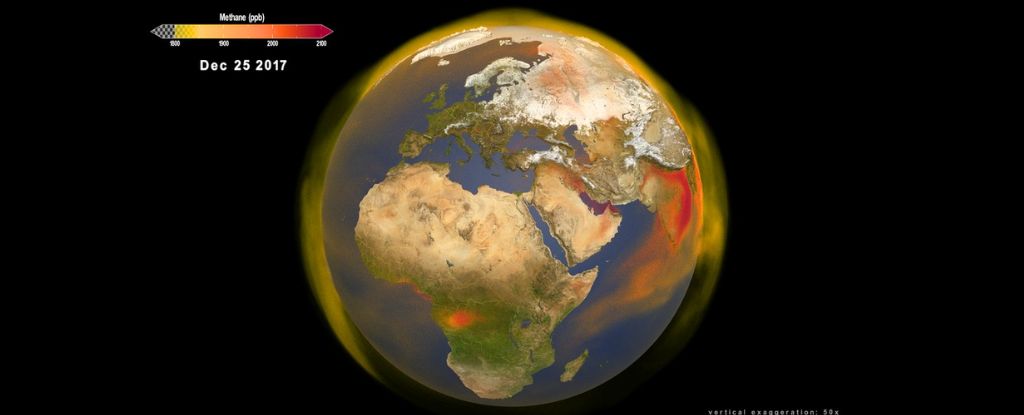The article discusses the Anthropocene, a proposed geological epoch characterized by significant human impact on the Earth’s climate and ecosystems. It explores various theories regarding when this period began, with suggestions ranging from the early 17th century to the mid-20th century.
Recent research by Vincent Gaussie supports an earlier start date of 1592 based on atmospheric methane concentrations recorded in ice cores. This aligns with theories by Simon Lewis and Mark Maslin, who noted a notable decline in methane levels linked to forest regeneration in the Americas after European colonization led to a demographic collapse and abandonment of farmland.
Gaussie’s study highlights that trees play a crucial role as methane sinks, with their surfaces facilitating the exchange of methane, a potent greenhouse gas. The increase in forests on previously cultivated land likely contributed to lower atmospheric methane levels. Additionally, trees impact water cycles, limiting methane emissions from wetlands.
Overall, the article illustrates the intertwined relationship between humans and nature, emphasizing how historical changes in land use have influenced atmospheric conditions throughout human existence.
Source link


